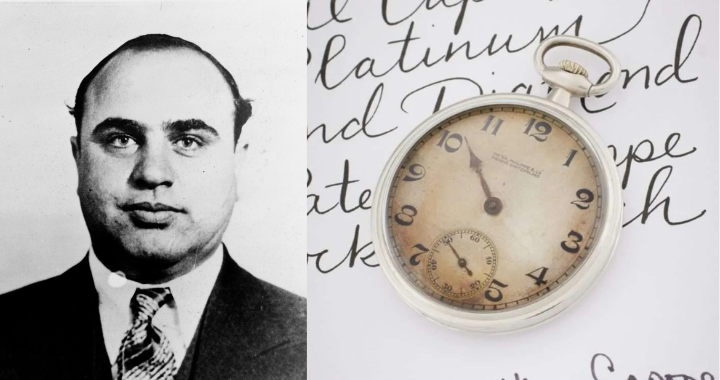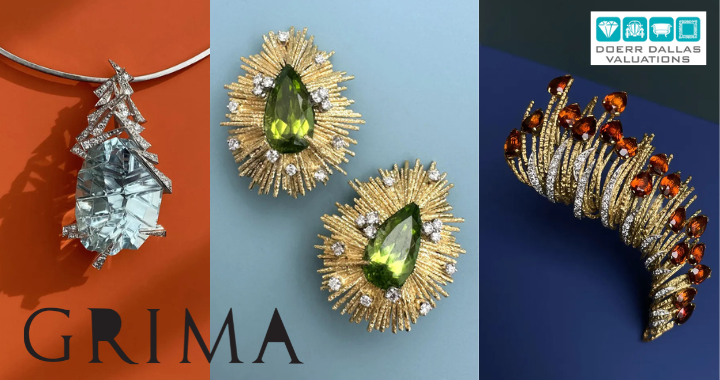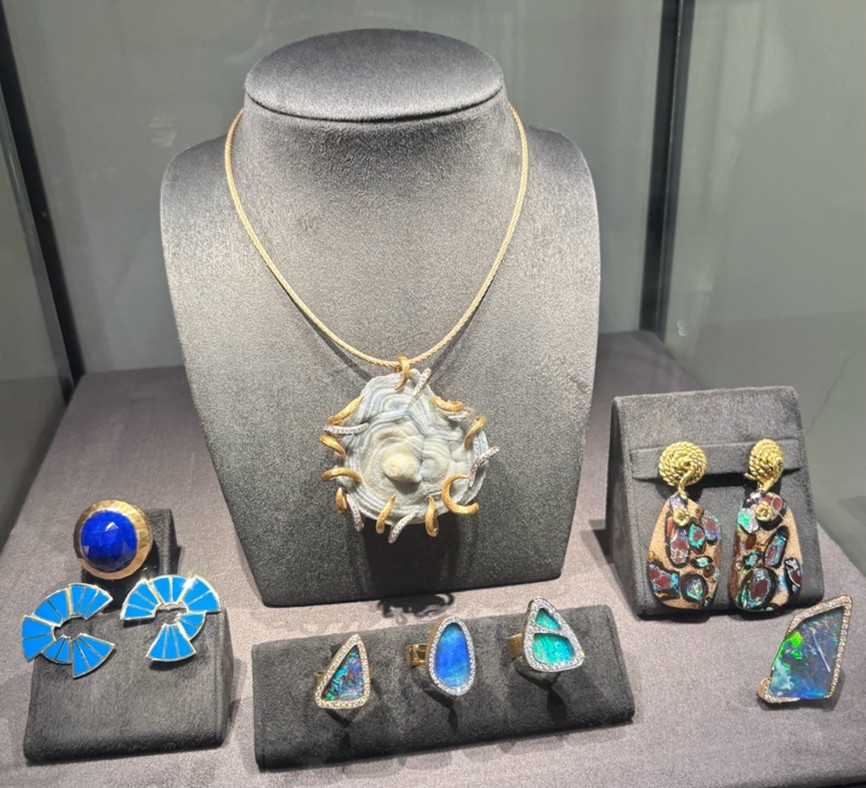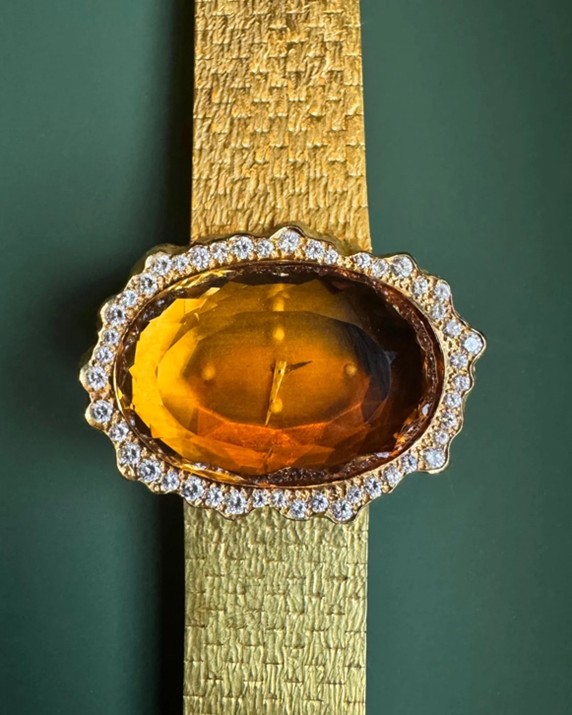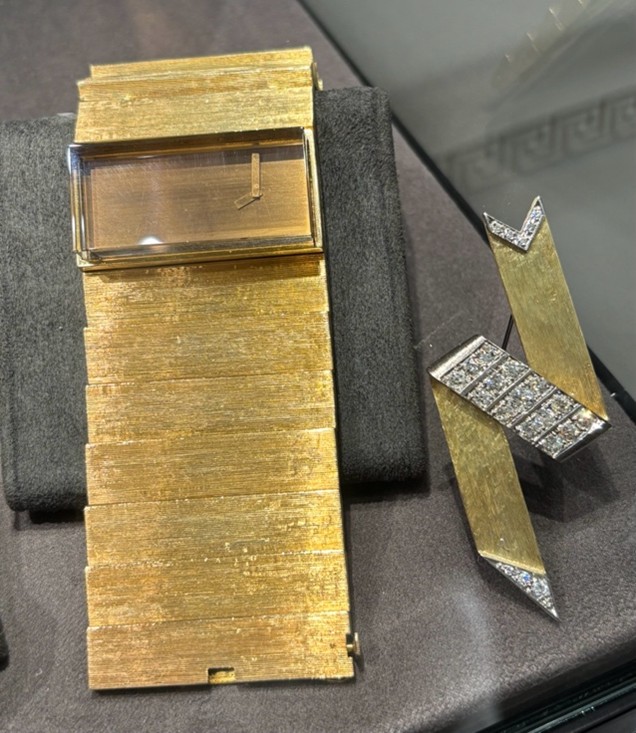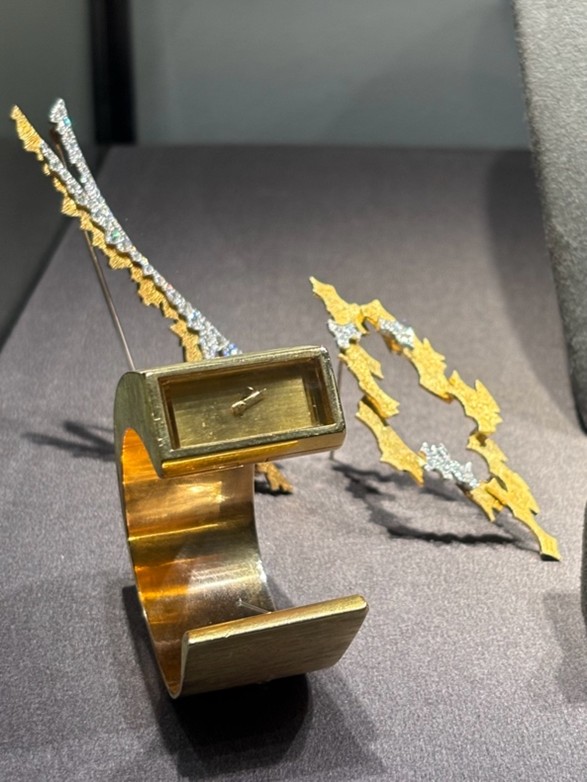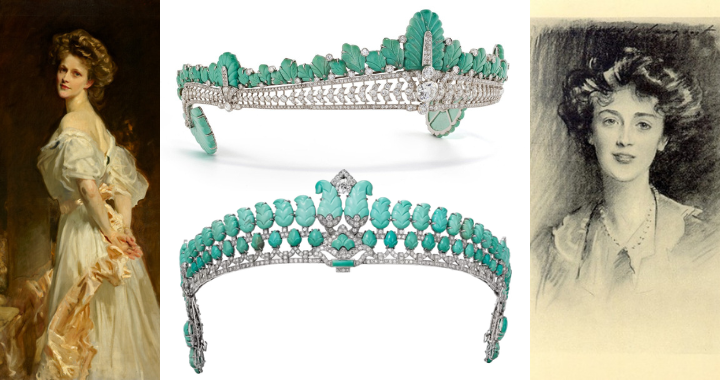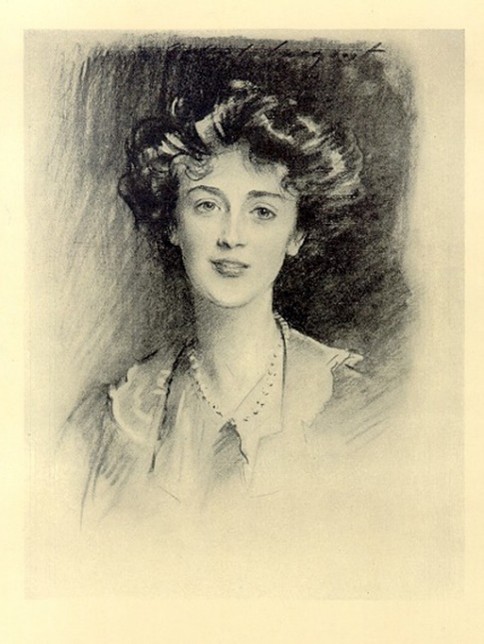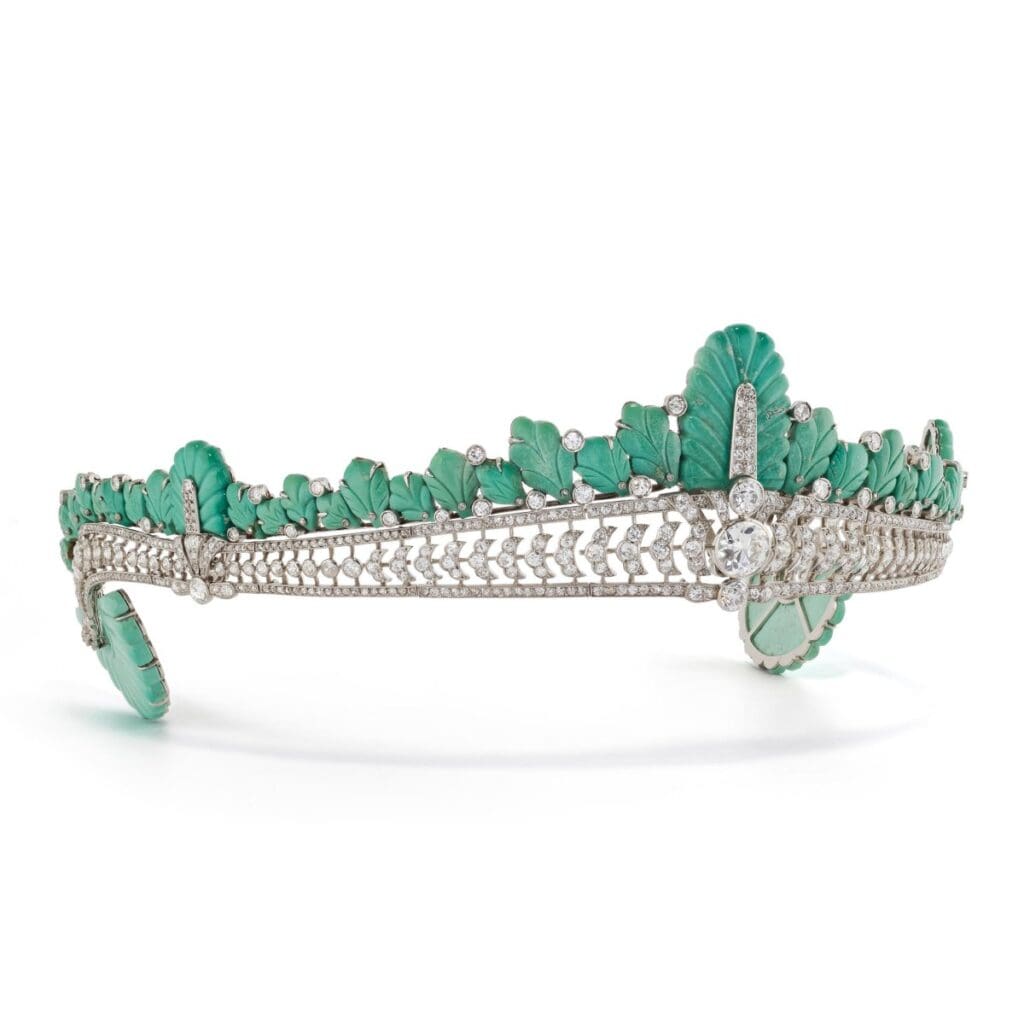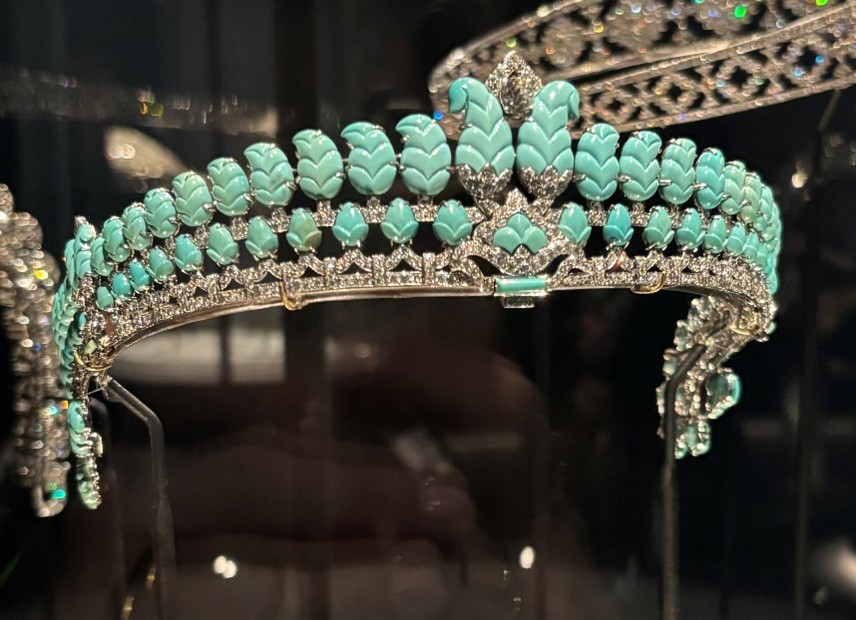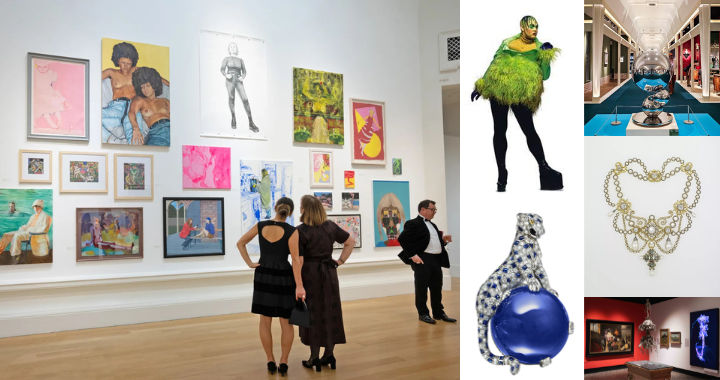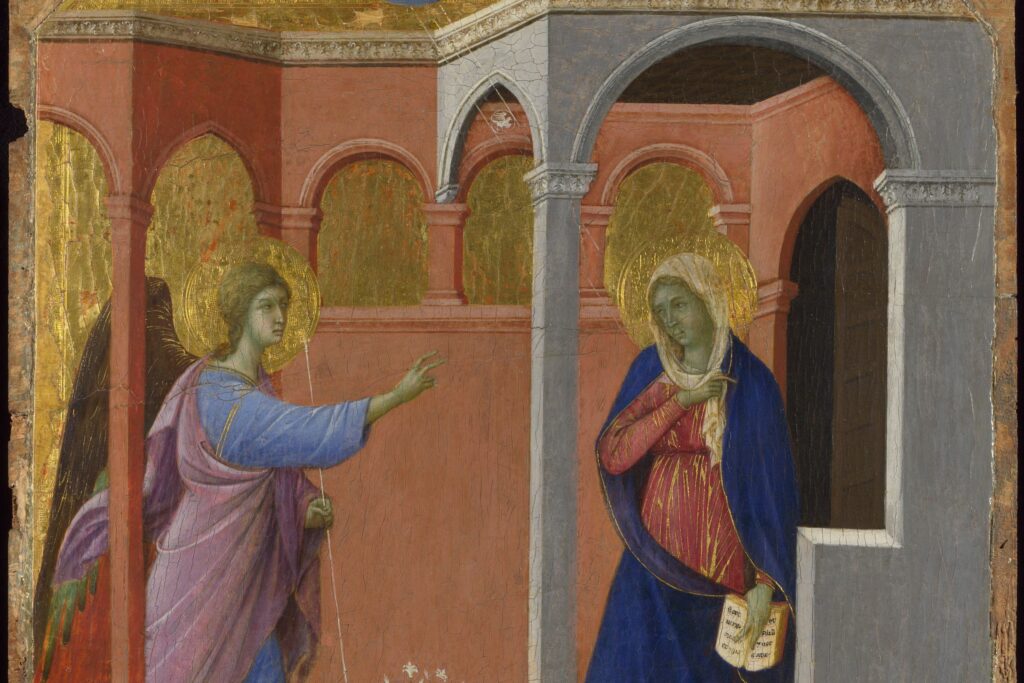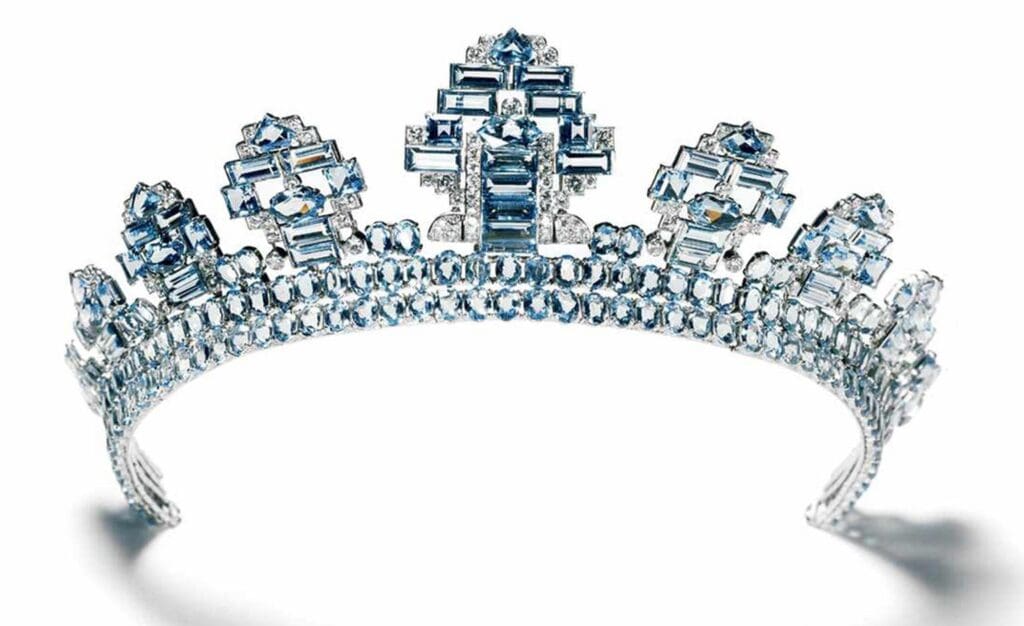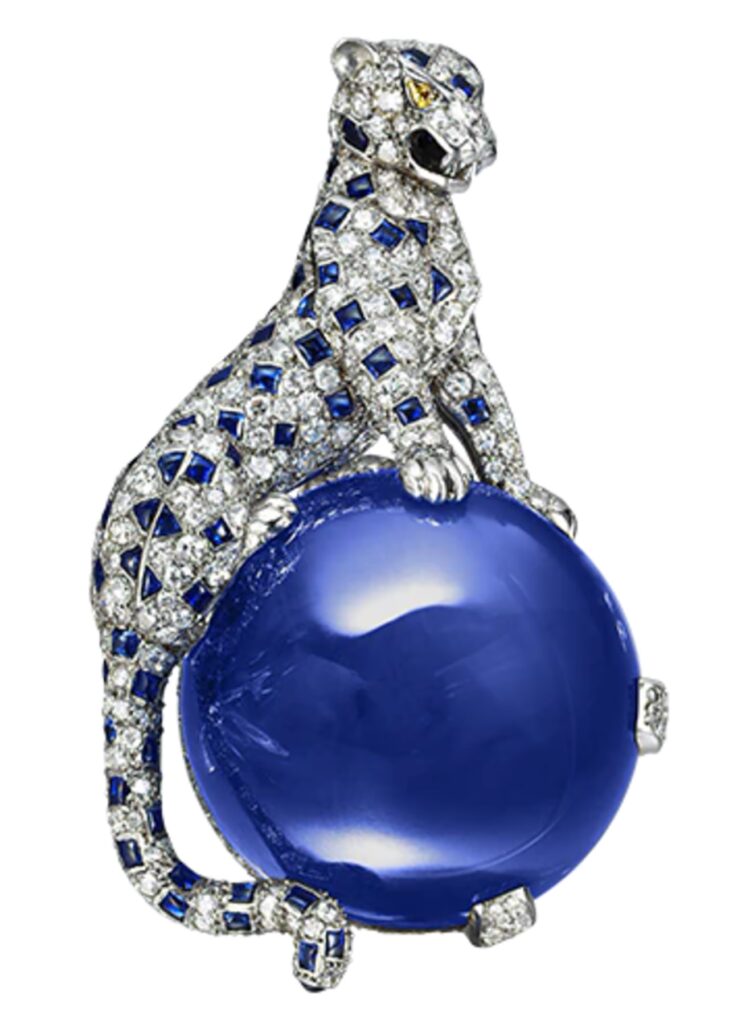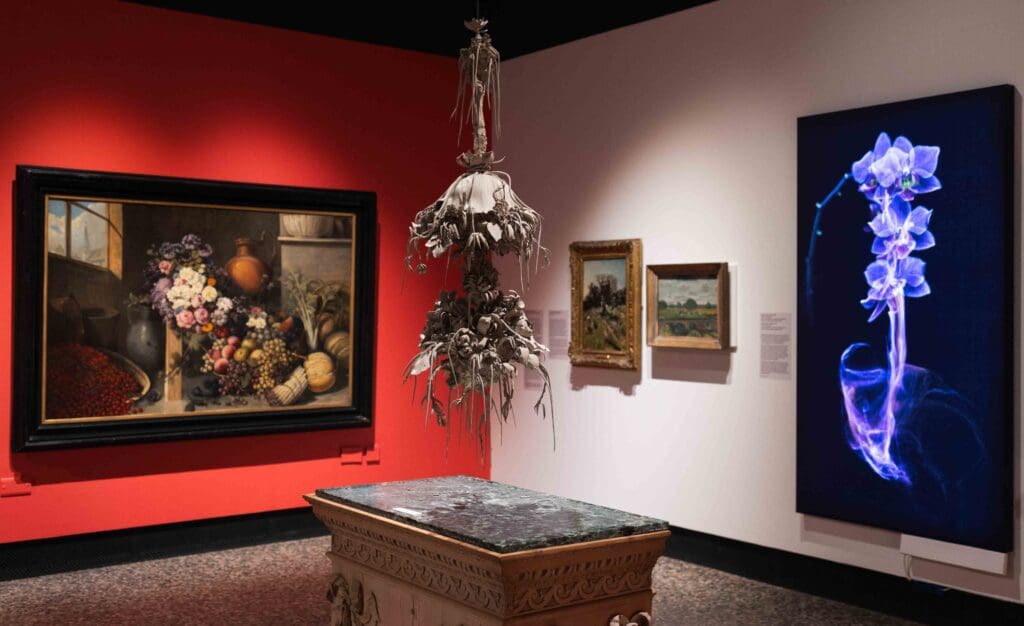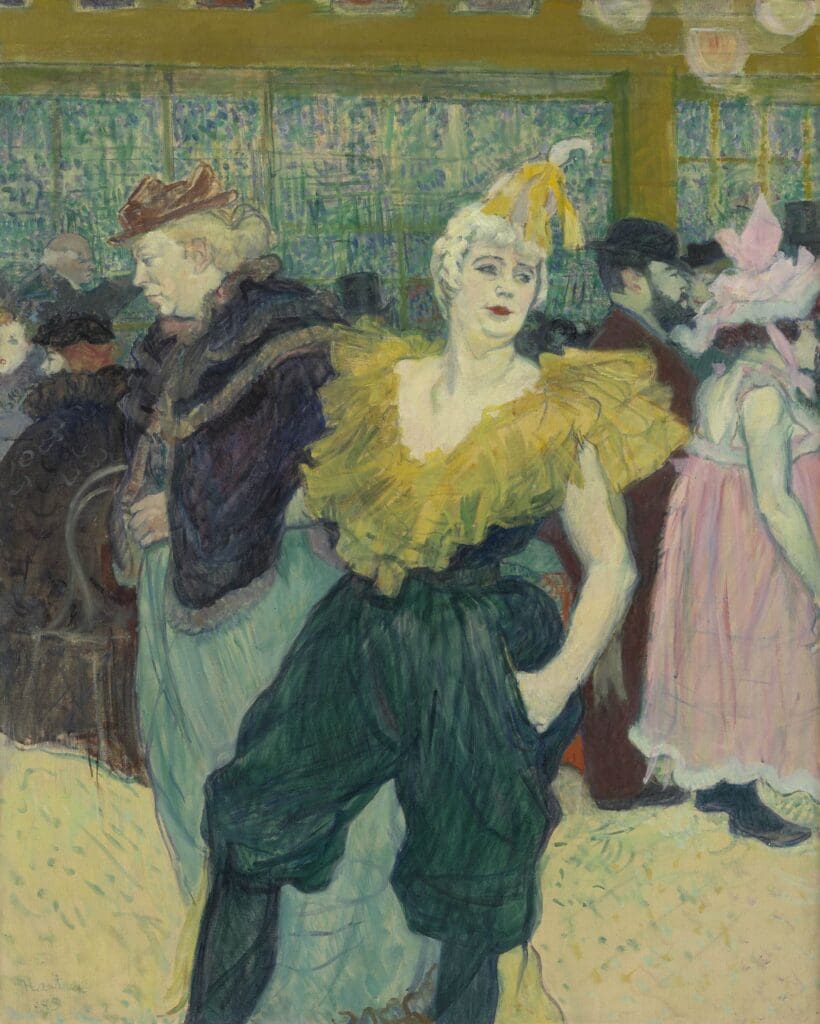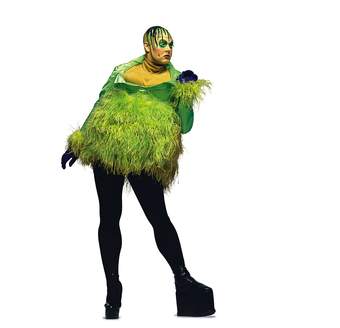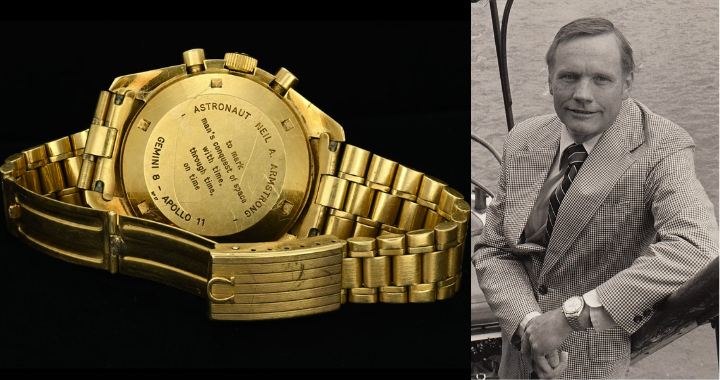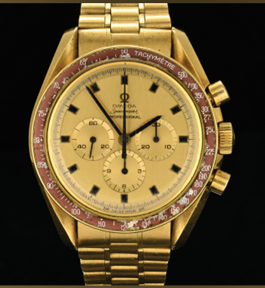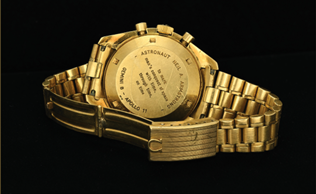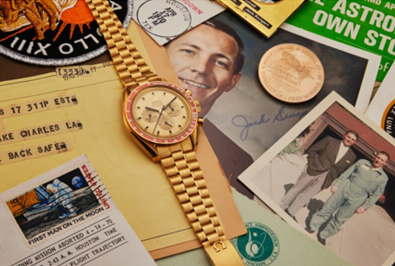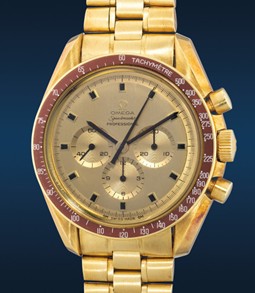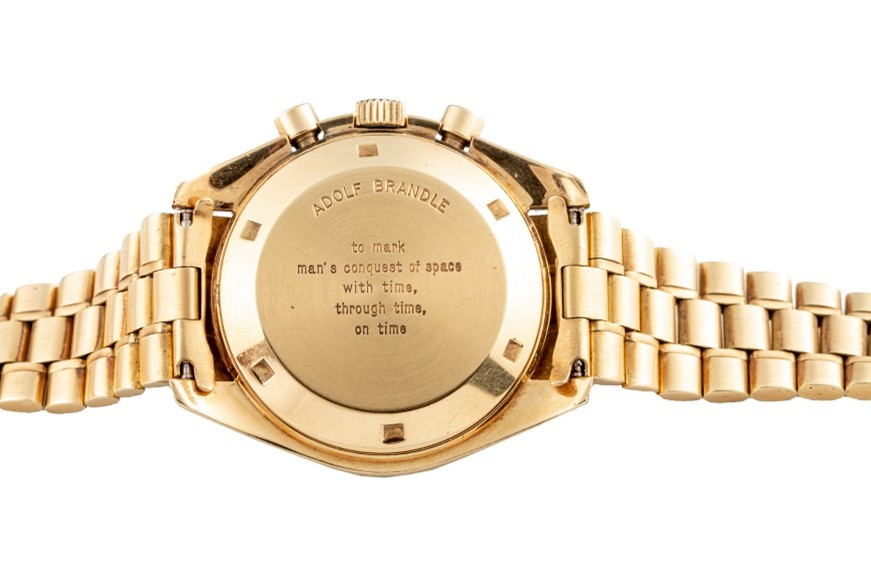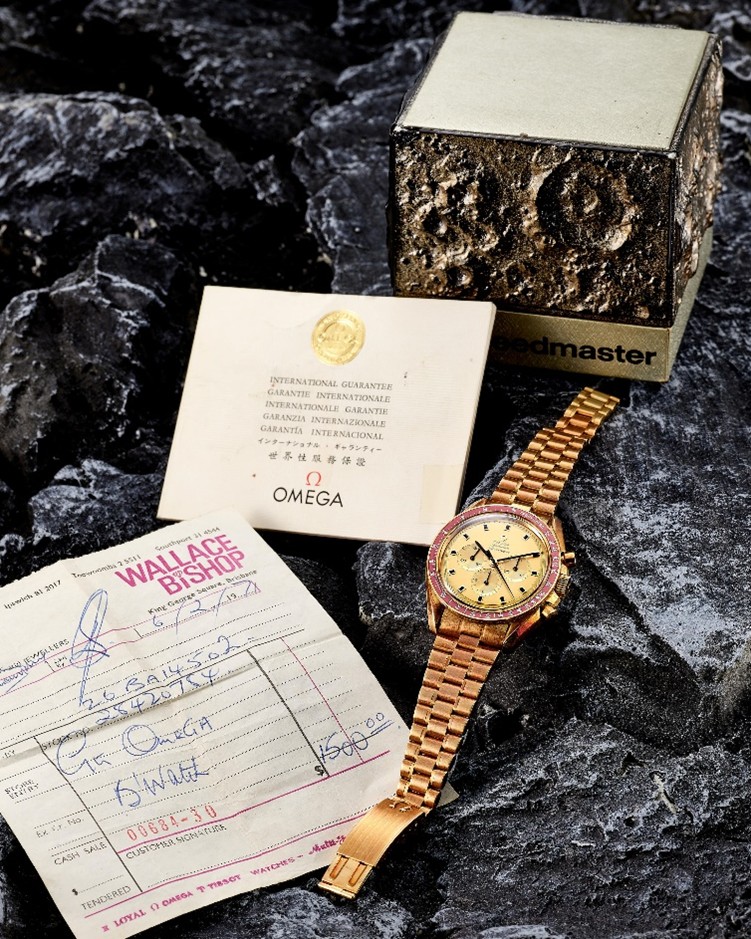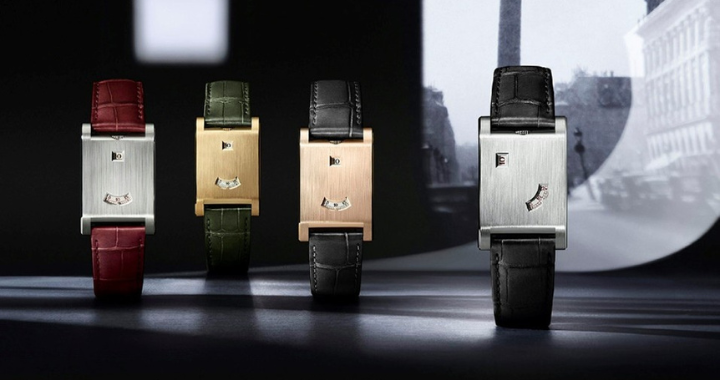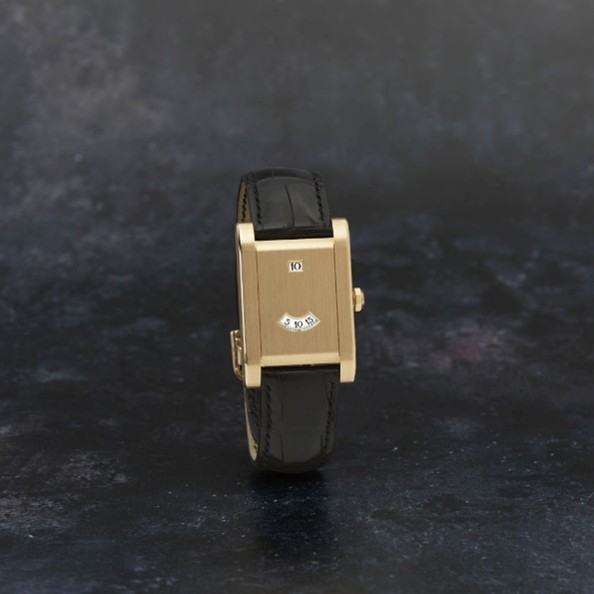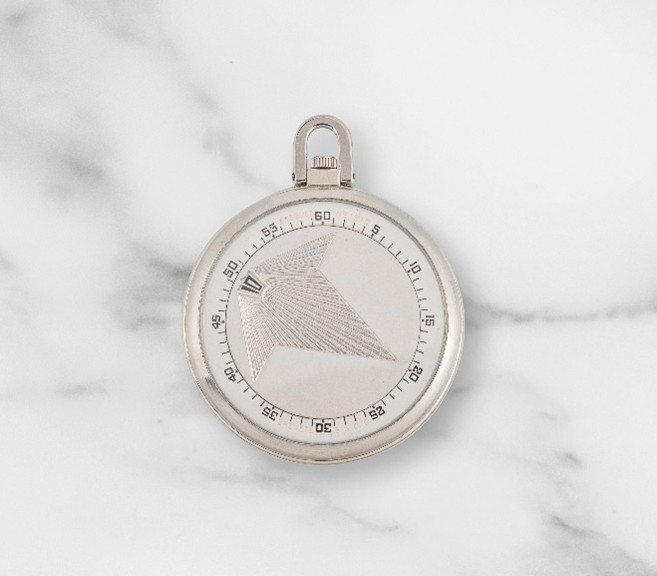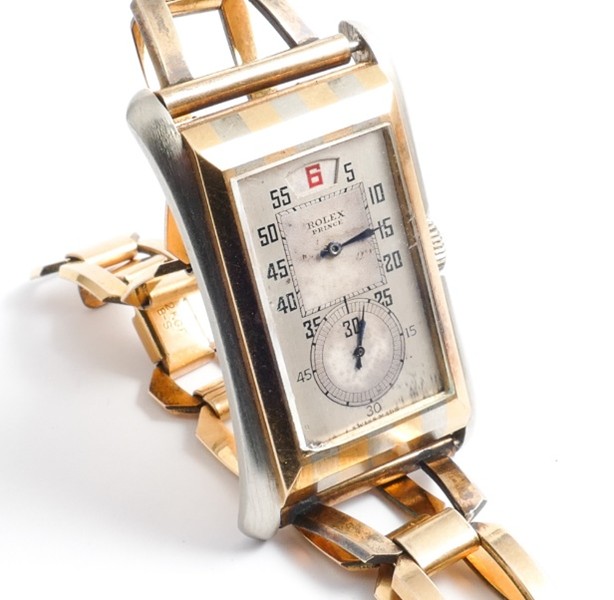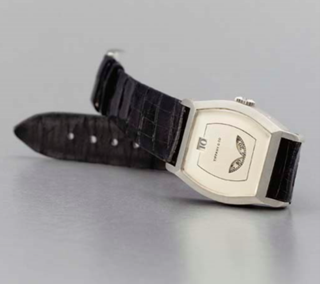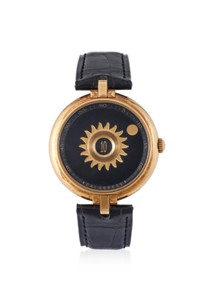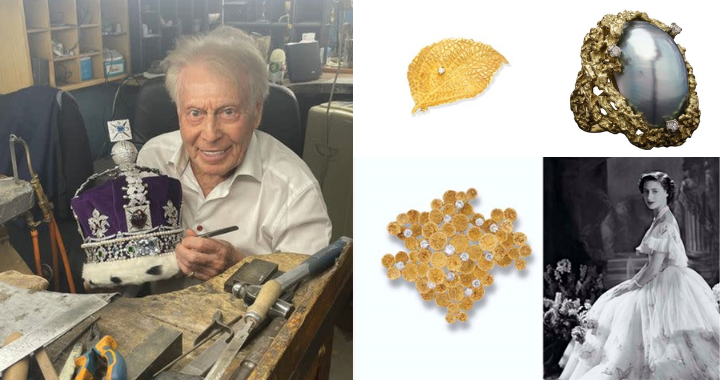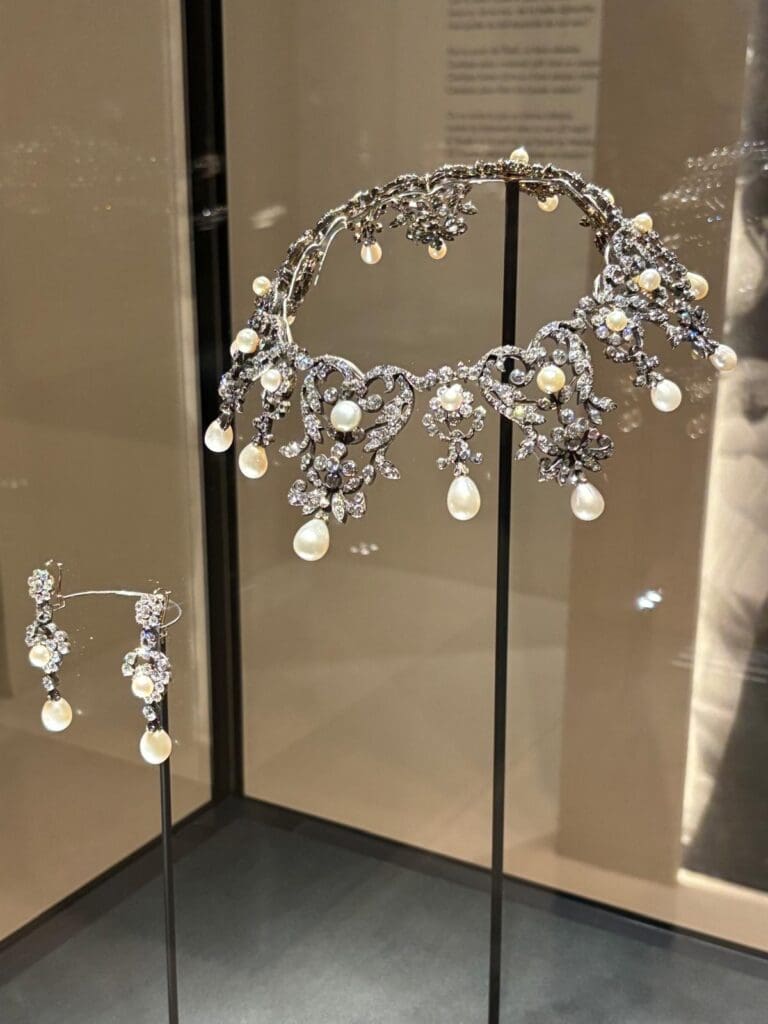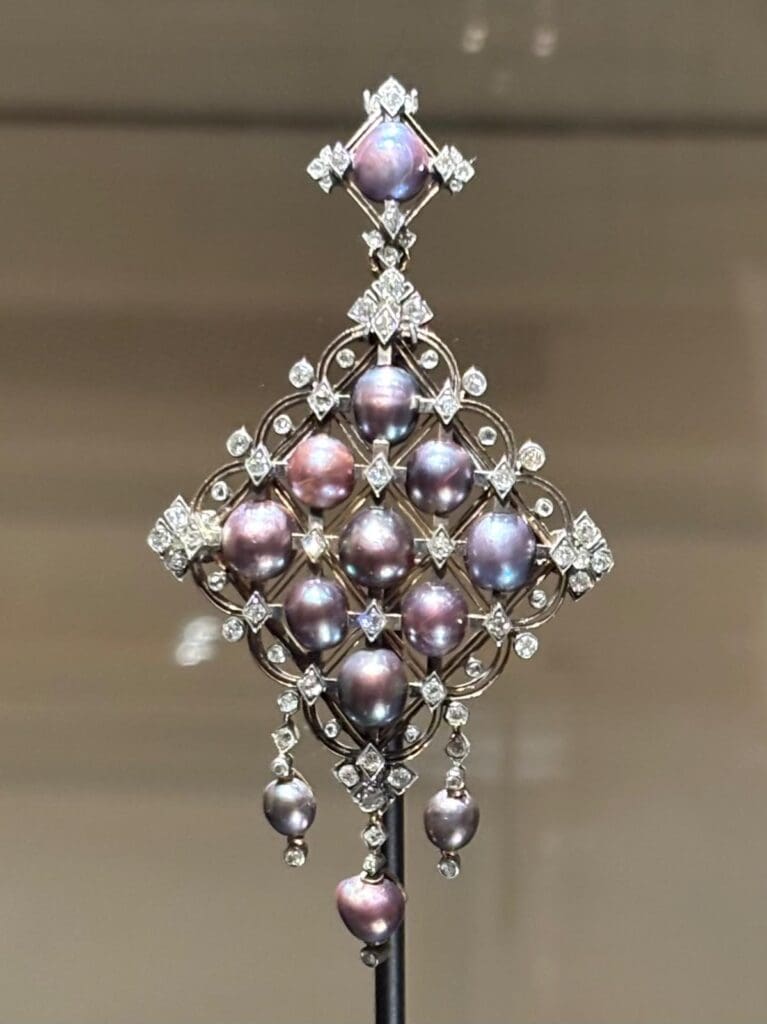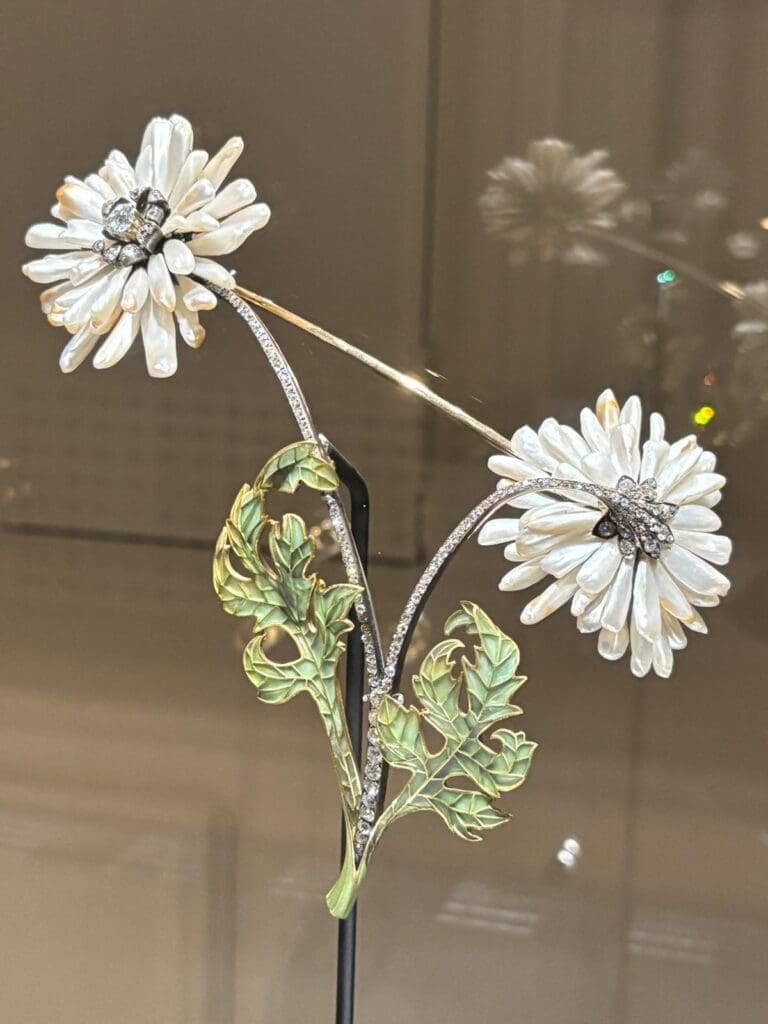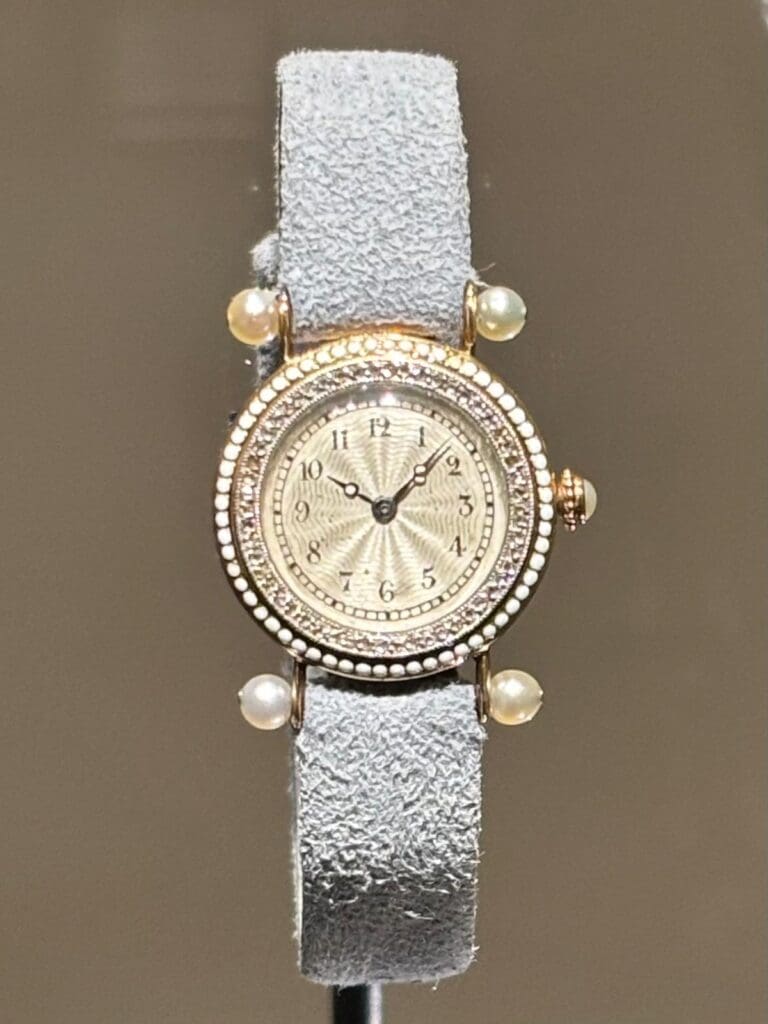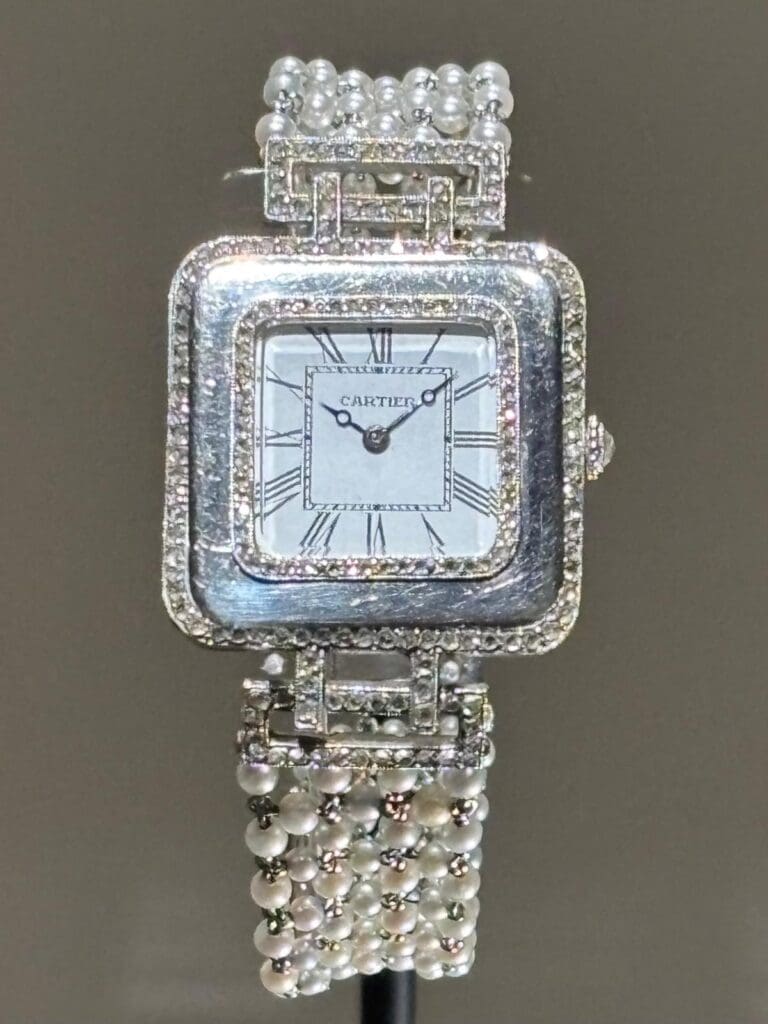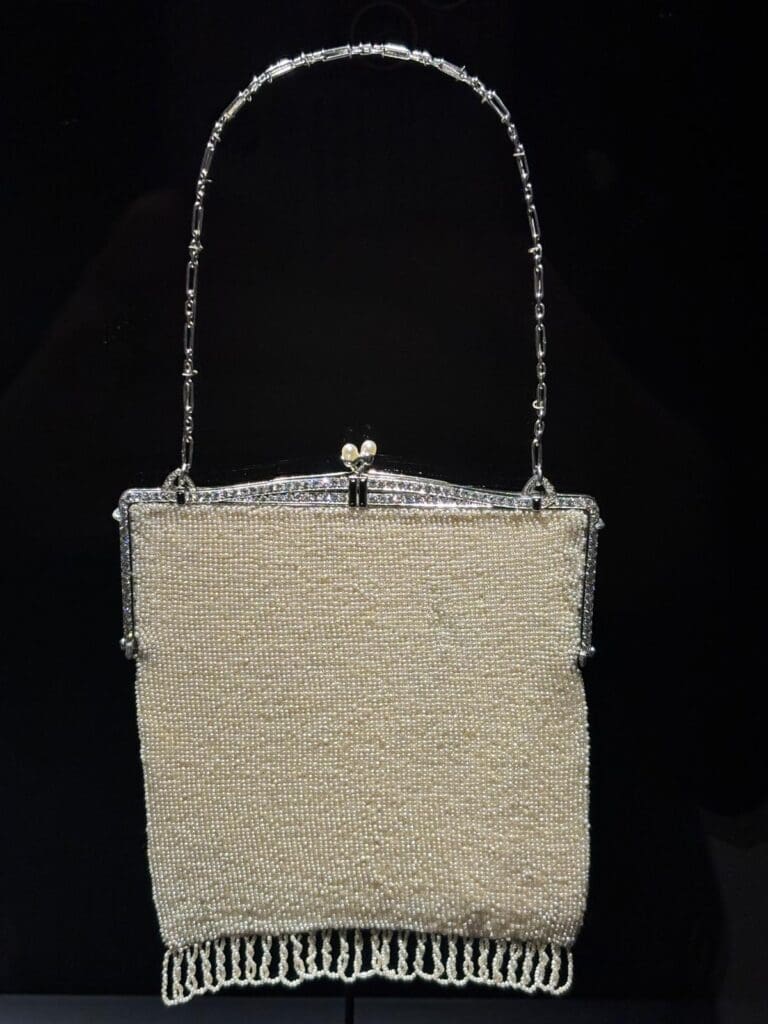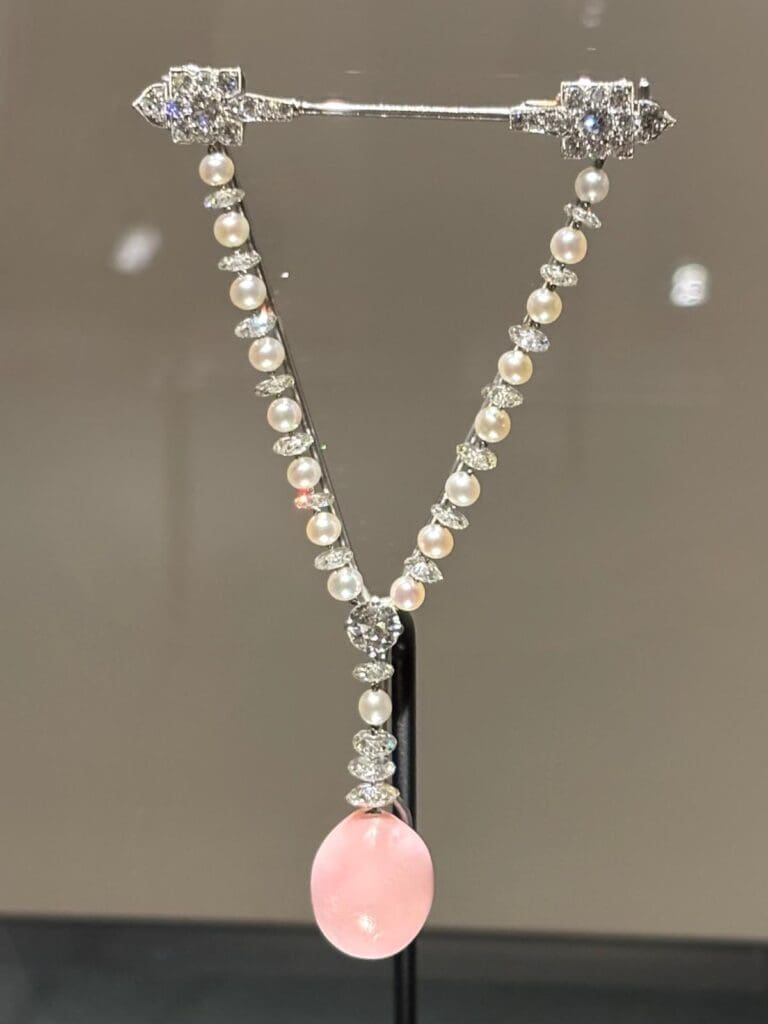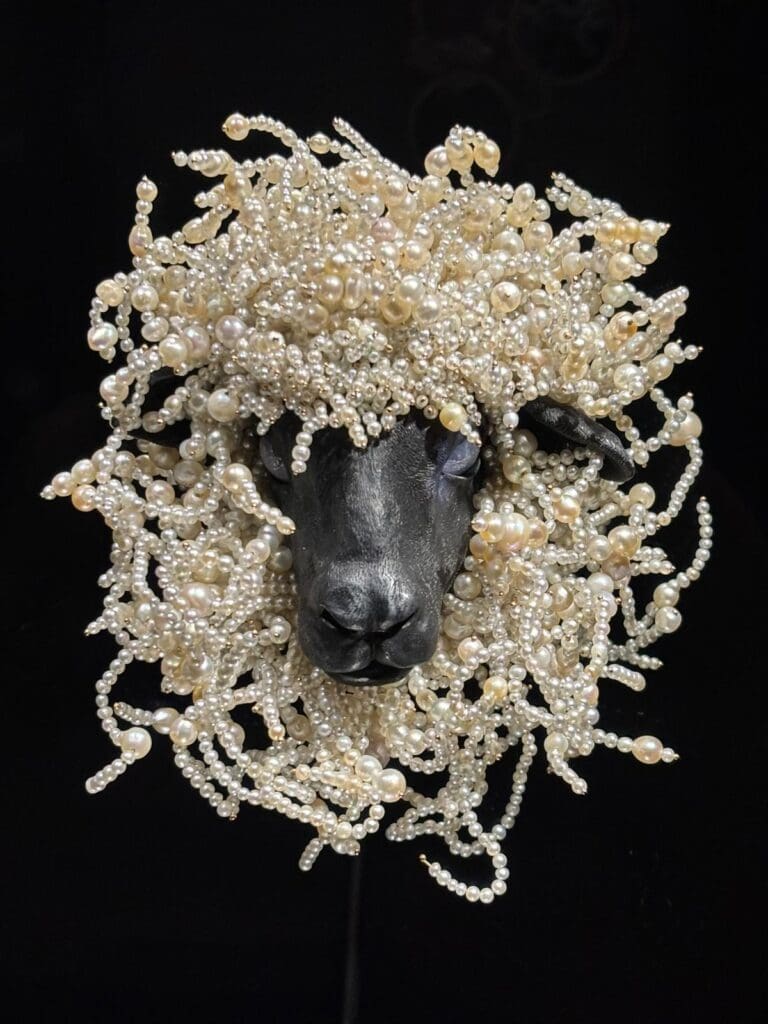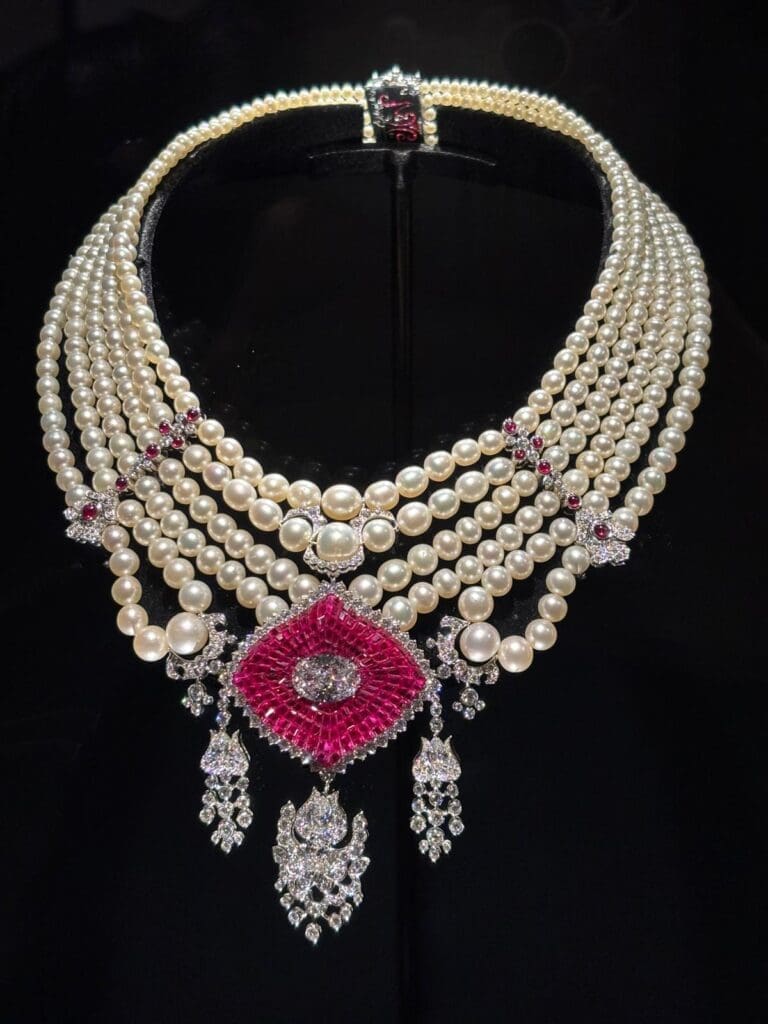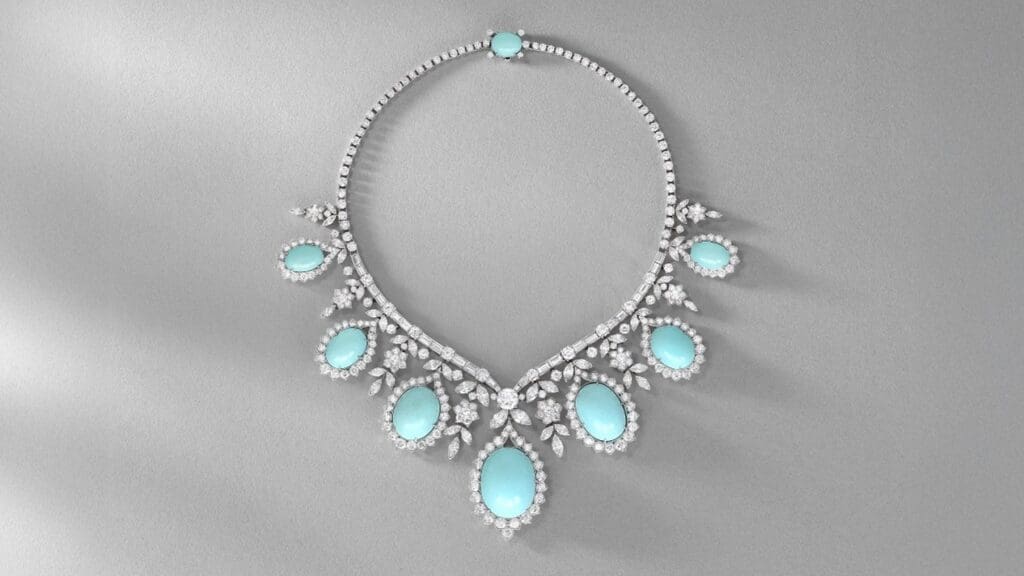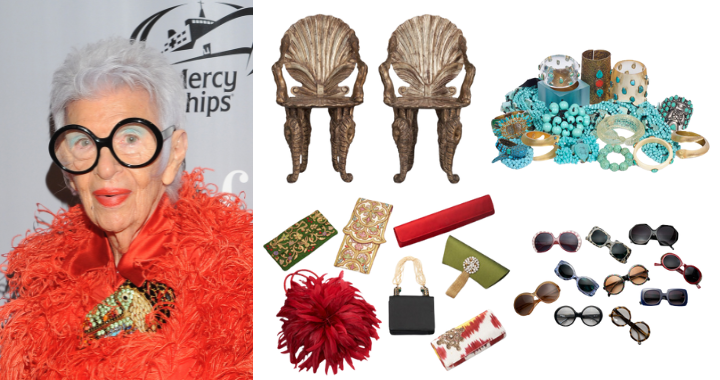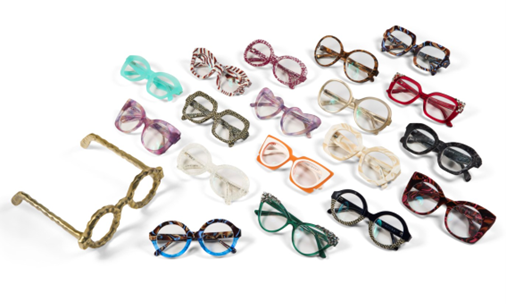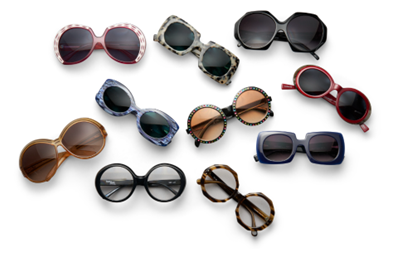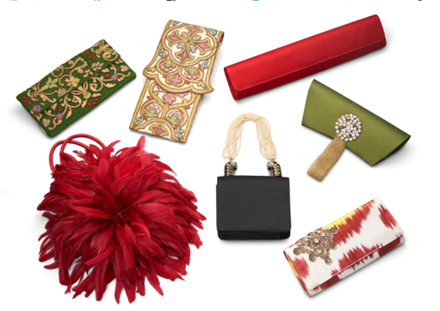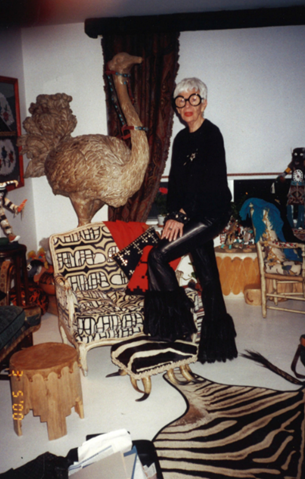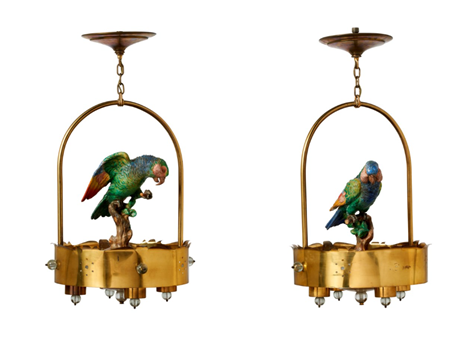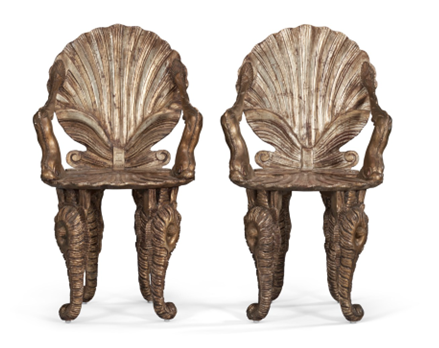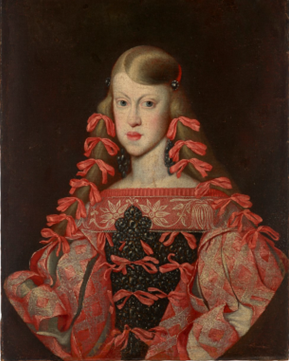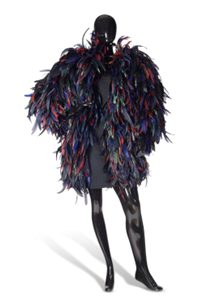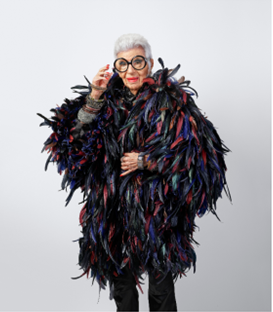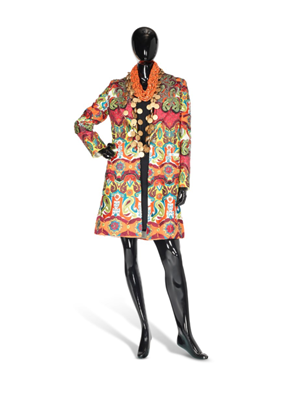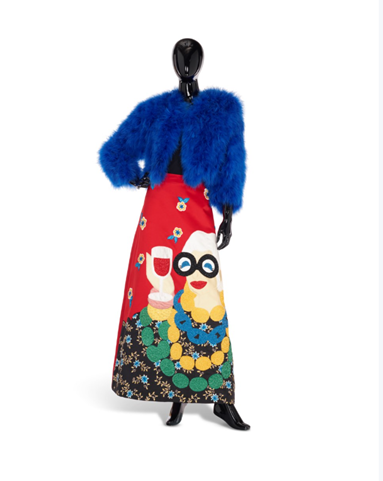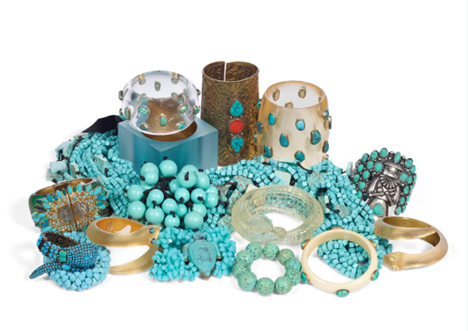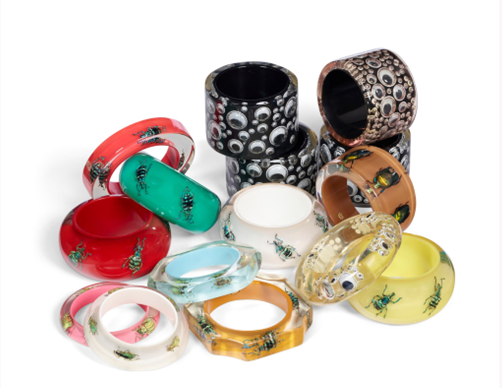We have seen watches boasting fantastic provenance hitting the auction block this year, including a limited edition Omega Speedmaster owned by Neil Armstrong selling at RR Auctions for $2.1 million, a Rolex Daytona ‘Big Red’ gifted to F1 Driver Jean-Pierre Jabouille selling at Phillips for $215,900, and a Rolex GMT-Master, owned by Sheila Scott OBE ‘Britain’s Queen of the Air’ selling at Spink for £30,000.
Perhaps one of the most notorious and nefarious watches to be offered in the June Watch Sales was a platinum Patek Philippe pocket watch, owned and customised by the legendary Chicago born gangster, Al Capone. Dating to 1919, this 42mm open face pocket watch was custom-cased in platinum, and personalised with ninety single-cut diamonds spelling out the initials ‘AC’ to the case back. Interestingly, the pocket watch is missing its minute hand, and undoubtedly would have some real tales to tell, of a criminal provenance that belies its sleek and stylish Art Deco aesthetic.
Reputedly, Capone was unhappy with the original ‘plain’ case of this timepiece, and took the watch to a jewellers to re-case in this striking platinum and diamond design. Making a ‘project’ out of this Patek pocket watch, Capone was an early adopter of the customised watch. As Sotheby’s catalogue notes point out, “such a watch was hardly subtle, and ultimately it was tax evasion that enabled the federal government to send Capone to jail, eventually landing him in the legendary Alcatraz Federal Penitentiary.”
Sold with a provenance letter from Capone’s granddaughter, Barbara Mae Capone, this watch was estimated at $80,000-160,000, and reached mid-estimate inclusive of fees. The watch was last sold in 2021 by Witherells Auctioneers for $229,900 against a $25,000-50,000 estimate. At the June sale in 2025 it made just $95,250.
So what could account for this drop in hammer price? Perhaps it was simply offered too soon after its initial sale. In 2021, the piece was completely ‘market fresh,’ and so the buzz and interest around this piece understandably would have been much greater, even compared to Sotheby’s world-class marketing and lot presentation.
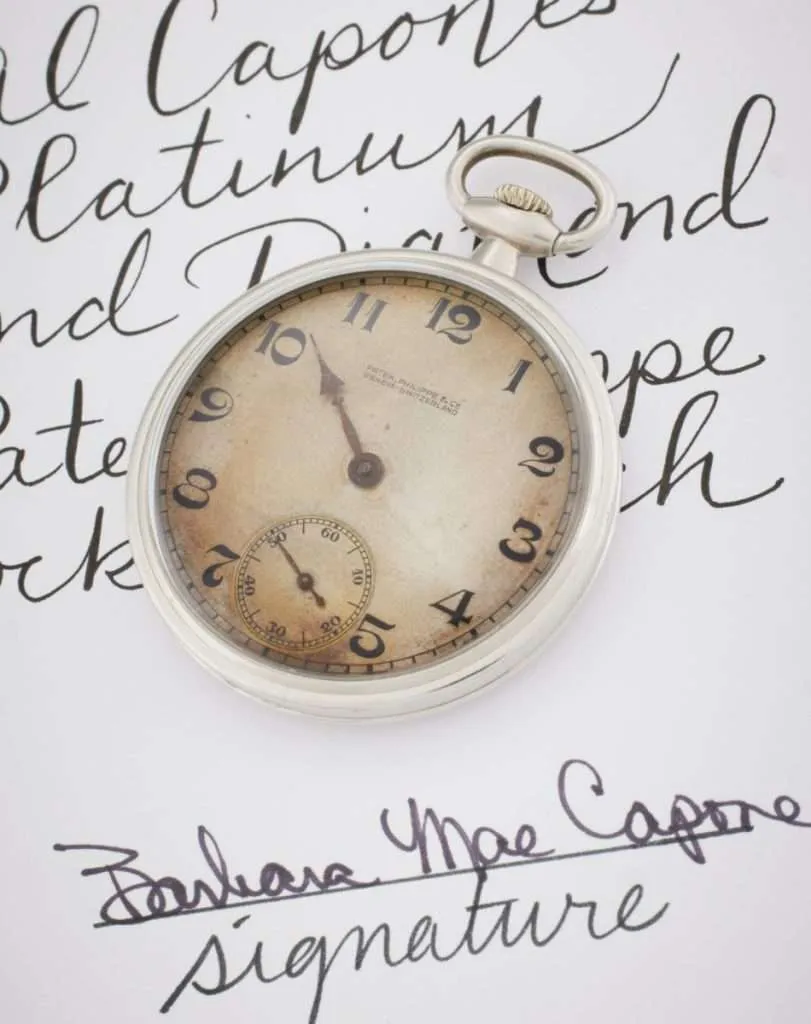
The watch was sold in 2021 as part of an ‘estate sale’ together with 174 other lots relating to the Capone family. This sale included letters from Alcatraz, photographs, pistols, jewellery, watches and furniture. Browsing this sale does provide a real insight into Al Capone’s personal life, his belongings, style, and manner of collecting. Similarly personalised stickpins, cufflinks, and accessories really help to contextualise and allow us to picture the pocket watch as part of a larger collection. Pieces such as the 14k white gold and diamond notebook cover in particular, are decorated in such a similar manner that they may well have been commissioned by Al Capone at the same time – this piece sold for $36,300 against a $2,000-5,000 estimate.
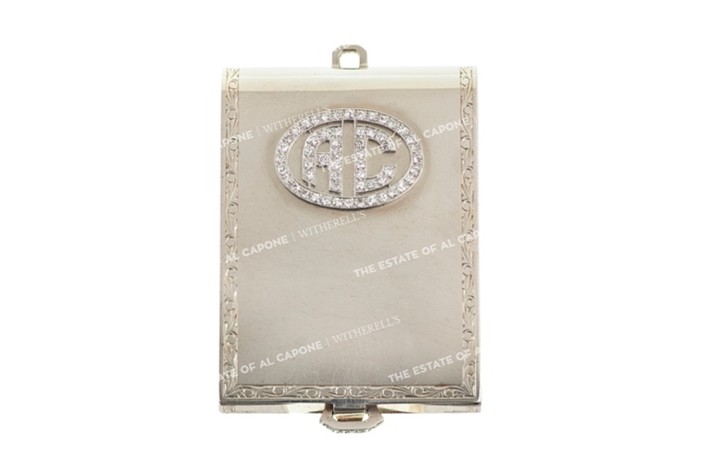
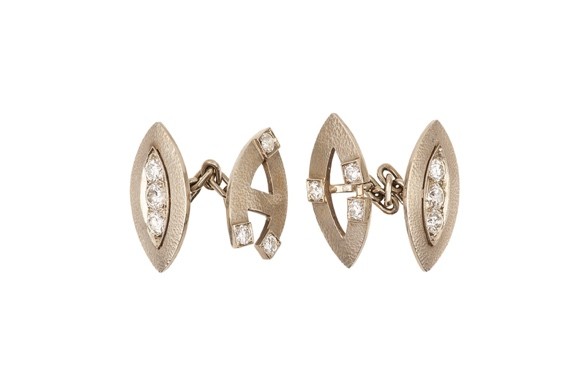
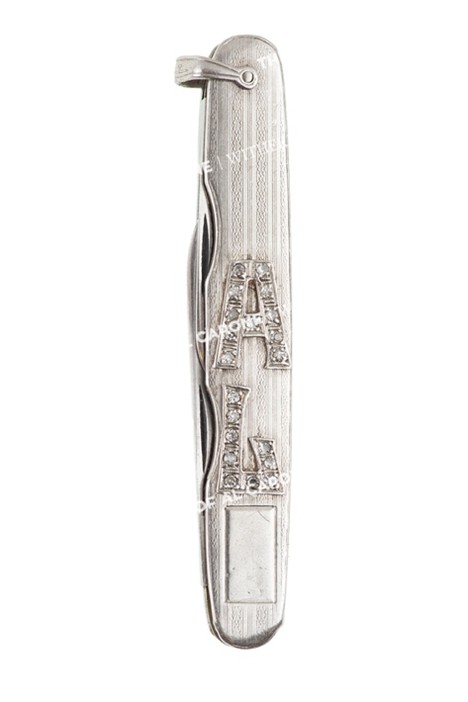

As the value trajectory of this legendary pocket watch will show, the value of provenanced items and fine timepieces can fluctuate! Various factors including timing, the appetite of the market, condition, originality, working order, can impact collections in the short to medium term. I have no doubt that in the long term, this watch will continue to grow in value, but it serves to show the importance of regular valuations of your items to protect against over or under insurance.
Images with thanks to Sotheby’s and Witherills Auctioneers.






